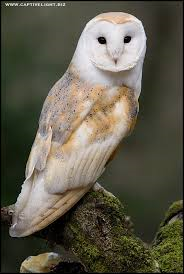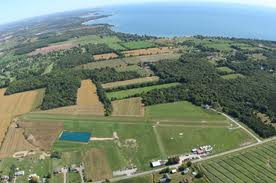New research about housing decisions and relationship to industrial wind turbines.

Grounded Theory as an Analytical Tool to Explore Housing Decisions Related to Living in the Vicinity of Industrial Wind Turbines Carmen M. Krogh1*, Robert Y. McMurtry2, W. B. Johnson3, Anne Dumbrille4, Mariana Alves-Pereira5, Jerry L. Punch6, Debra Hughes7, Linda Rogers8, Robert W. Rand9, Richard James10, Stephen E. Ambrose11, Lorrie Gillis121Magentica Research Group, Member of the Board of Directors, Killaloe, Canada.
2Schulich School of Medicine and Dentistry, Western University, London, Canada.
3Independent, Winterset, USA.
4Independent, Picton, Canada.
5School of Sciences for Economics and Organizations, Lusofona University, Lisbon, Portugal.
6Department of Communicative Sciences and Disorders, Michigan State University, East Lansing, USA.
7Independent, West Lincoln, Canada.
8Mothers against Wind Turbines, Member of the Board of Directors, Haldimand County, Canada.
9Acoustical Society of America (ASA), Institute of Noise Control Engineering (INCE) Member Emeritus, Brunswick, USA.
10Acoustical Society of America (ASA), Institute of Noise Control Engineering (INCE) through 2017, Okemos, USA.
11Institute of Noise Control Engineering (INCE) Emeritus, Acoustical Society of America (ASA) Emeritus, Windham, USA.
12Independent, Grey Highlands, Canada.
DOI: 10.4236/oalib.1107233 PDF HTML
Abstract Background: Some people living near wind turbines have reported adverse health effects and taken the step to vacate/abandon their homes, while others contemplate doing so or have decided to remain in their homes. Research on the extent and outcomes of these events is lacking. To date, our preliminary findings and an overview of results have been published in the scientific literature. Methods: This study utilized a qualitative methodology, specifically Grounded Theory, to interview 67 residents of Ontario living within 10 km of an industrial wind turbine project. Objectives: Quantitative, qualitative and mixed methods research each has strengths and weaknesses in addressing particular research questions. The purpose of this article is to compare the qualitative and quantitative methodologies and to describe the benefits of having used a qualitative methodology, specifically Grounded Theory, to explore the events that influenced families living within 10 km of wind energy facilities to contemplate vacating their homes and to formulate a substantive theory regarding these housing decisions. Results: It was found that research into the impacts of siting industrial wind turbines in a rural residential population can be challenging for a quantitative methodological approach due to factors such as low population density, obtaining a sufficient sample, and achieving statistical power and statistical significance. We conclude that the Grounded Theory methodology was applicable to this study as it assisted with the development of a coherent theory which explained participants’ housing decisions. Discussion: This paper assesses the appropriateness of a qualitative methodology for conducting the vacated/abandoned home study. Through the utilization of the qualitative Grounded Theory methodology, government authorities, researchers, medical and health practitioners, social scientists and policy makers with an interest in health policy and disease prevention have the opportunity to gain an awareness of the potential risk of placing wind energy projects near family homes.
Keywords Wind Turbines, Vacated/Abandoned Homes, Qualitative
Share and Cite: Krogh, C.M., McMurtry, R.Y., Johnson, W.B., Dumbrille, A., Alves-Pereira, M., Punch, J.L., Hughes, D., Rogers, L., Rand, R.W., James, R., Am- brose, S.E. and Gillis, L. (2021) Grounded Theory as an Analytical Tool to Explore Housing Decisions Related to Living in the Vicinity of Industrial Wind Turbines. Open Access Library Journal, 8, 1-22. doi: 10.4236/oalib.1107233.
DOWNLOAD PAPER: Grounded Theory as an Analytical Tool to Explore Housing Decisions Related to Living in the Vicinity of Industrial Wind Turbines




